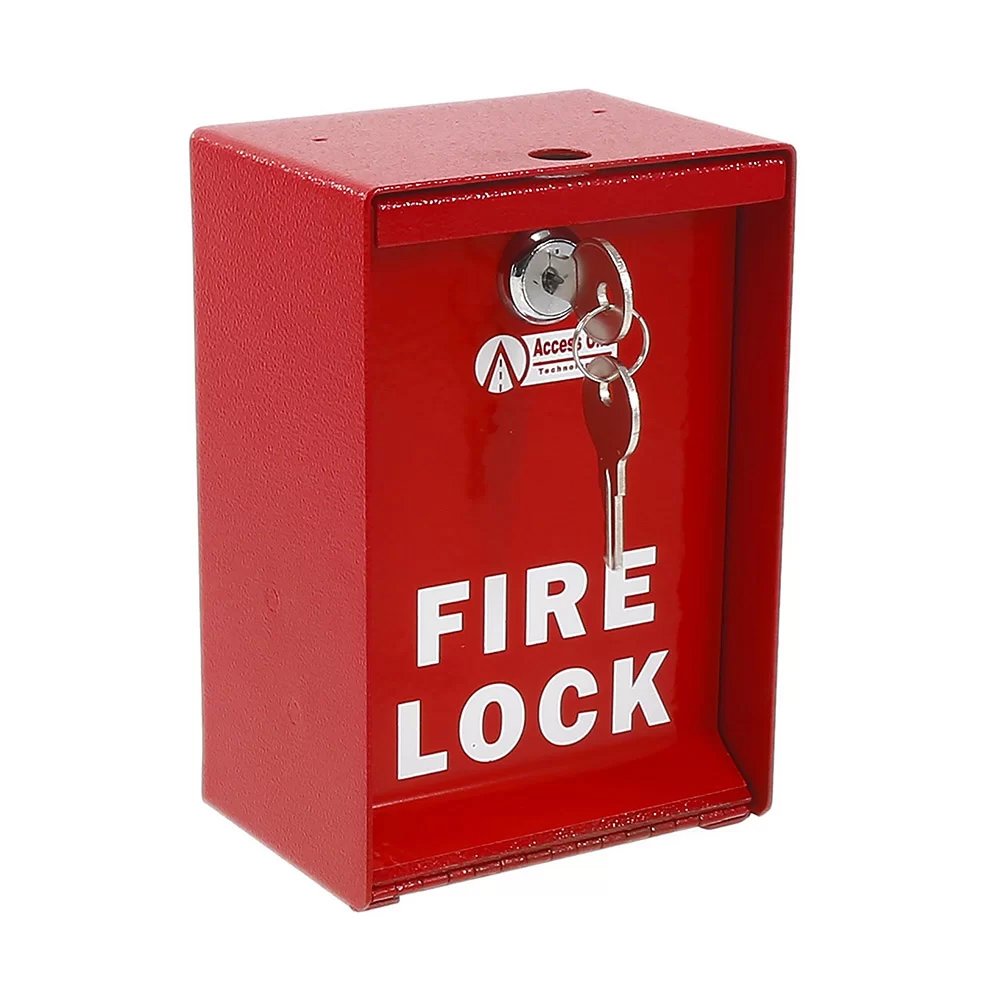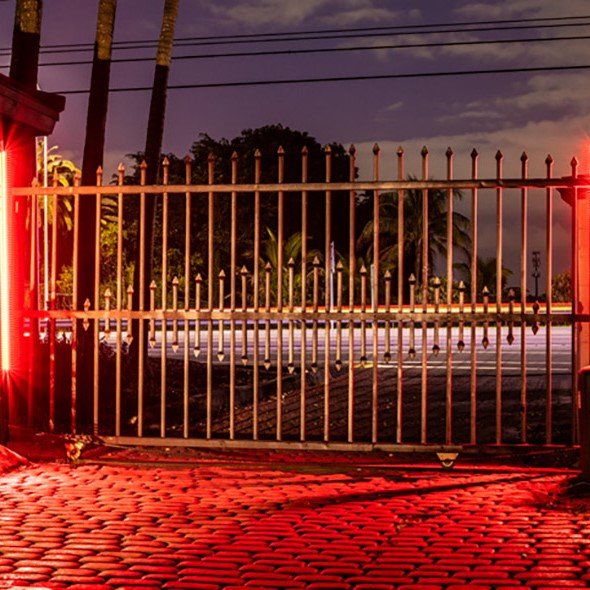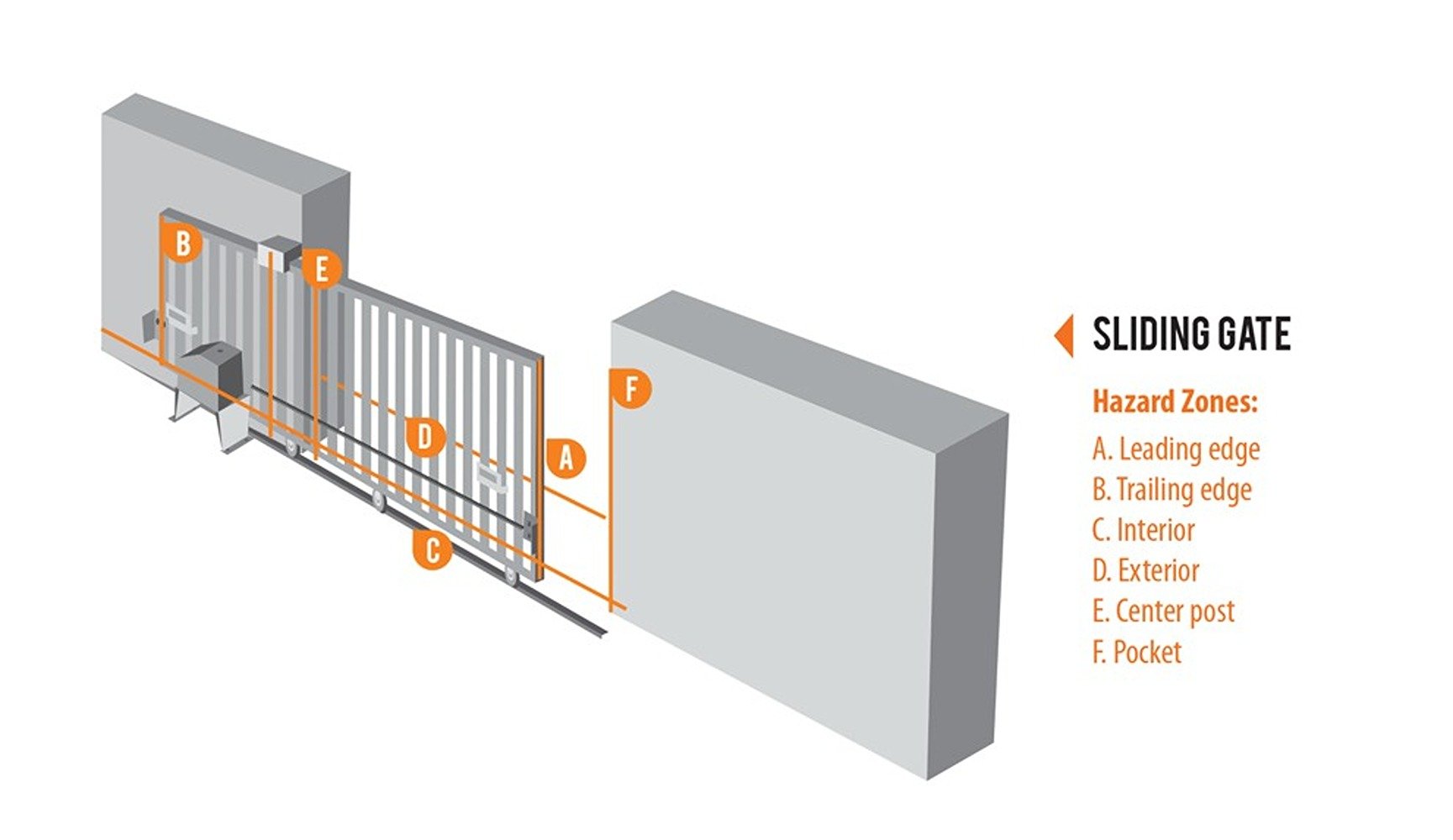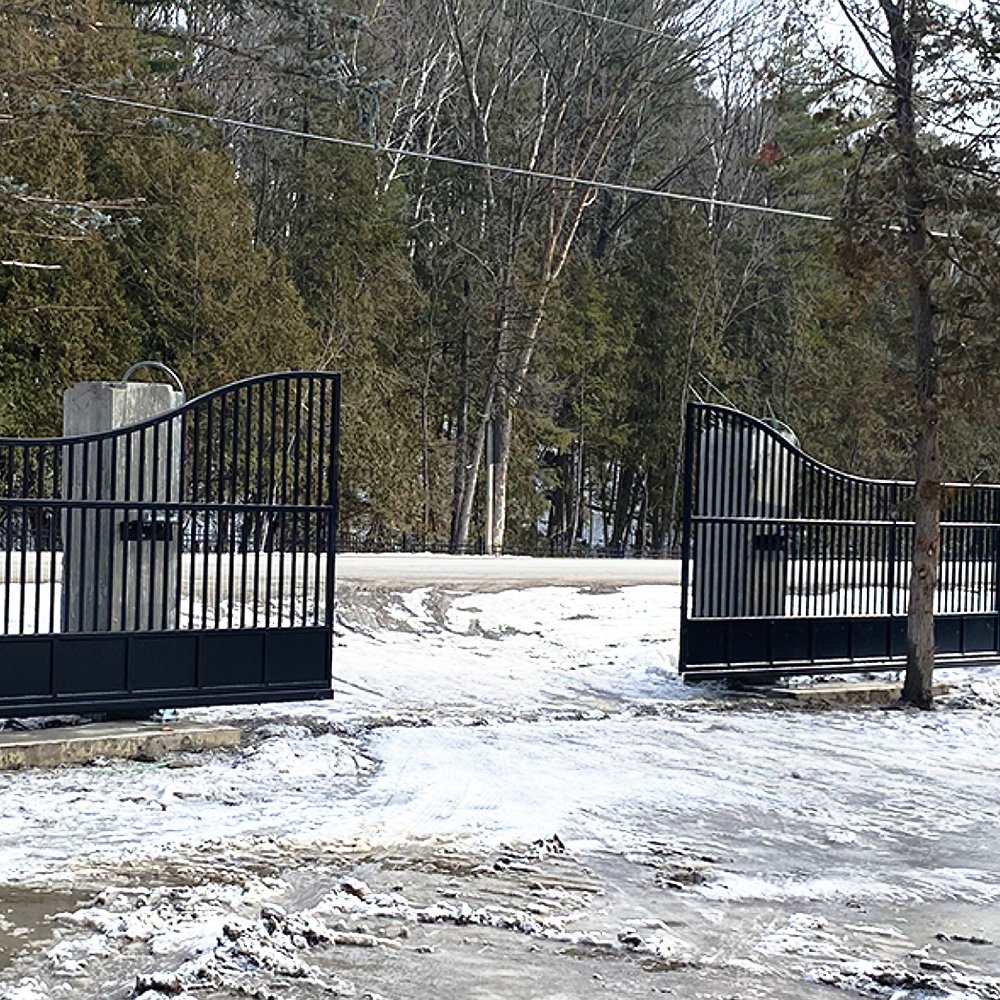Bollards: Finding the Right Solution for You
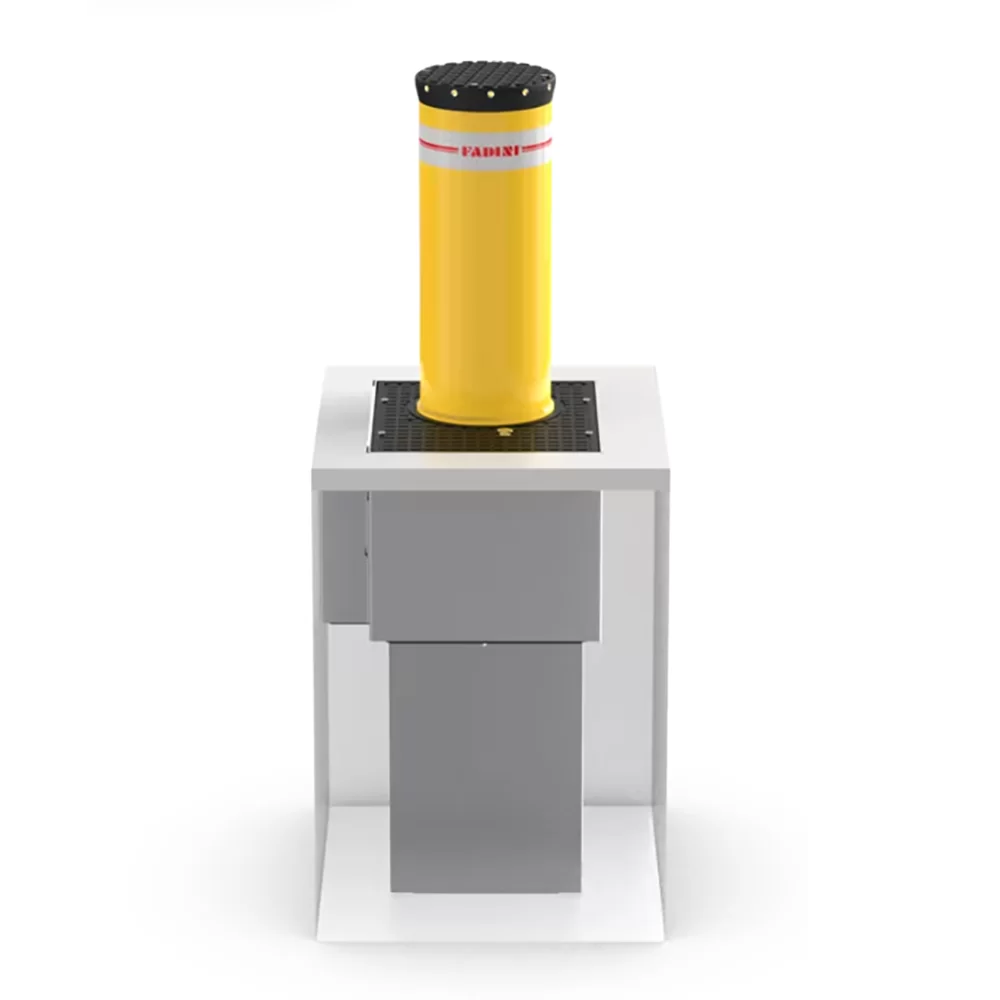
Bollards have become an essential part of modern security and traffic control strategies. From busy downtown districts to government entry points, these vertical posts help protect pedestrians, manage vehicle flow, and prevent unauthorized access. With threats ranging from everyday vehicle intrusions to intentional attacks, choosing the right bollard is more important than ever. The market now includes a wide variety of models designed for specific purposes, whether it's securing a storefront, managing vehicle access at a university, or safeguarding a military installation. Understanding the differences between automatic, semi-automatic, and fixed bollards is the first step toward building a safer, more controlled environment. Each type offers distinct advantages, and selecting the right one depends on the specific demands of the space, how often access is needed, and the level of security required.
Key Differences between Automatic, Semi-Automatic, and Fixed Bollards
Understanding the different types of bollards is essential for making the right security choice. Each type serves a specific function based on how much control is needed, how often access must be granted, and what level of protection is required. Whether you’re managing a downtown walkway, a private lot, or a government checkpoint, the right bollard type will help ensure safety without interfering with day-to-day operations. Automatic, semi-automatic, and fixed bollards all have distinct designs and purposes. Below is a breakdown of each to help guide your decision based on the setting and level of access needed.
Automatic Bollards
Automatic bollards are the top choice for facilities that need regular vehicle access but cannot compromise on security. These systems use hydraulic or electromechanical mechanisms to raise and lower the bollard as needed. Operation can be triggered by a variety of access control methods, such as keypads, RFID cards, or remote control systems, allowing for seamless integration into existing infrastructure. They are especially useful in commercial complexes, private parking lots, and high-security entrances where frequent authorized vehicle passage must be balanced with the ability to immediately block access when needed. Their responsive performance and low human input make them ideal for high-traffic environments that demand continuous monitoring and selective entry.
Semi-Automatic Bollards
Semi-automatic bollards provide a practical middle ground for sites that need controlled access without the cost or complexity of a fully automated system. These bollards require a manual trigger, typically a key or a foot pedal, to raise or lower them, while the mechanism handles the actual movement. They are often installed at locations that need vehicle control on a limited basis, such as delivery lanes, gated communities, or event venues where staff can manage access on-site. Semi-automatic models are also a good fit for spaces where vehicles may need occasional but secure passage, and they reduce the reliance on electric power or control systems, offering a simpler alternative without sacrificing safety.
Fixed Bollards
Fixed bollards are permanently installed and immovable, offering the most straightforward form of perimeter control. These are used to permanently block vehicle access to areas like pedestrian walkways, building fronts, public plazas, and sensitive zones that should never be accessed by unauthorized vehicles. Since they require no moving parts, they are a reliable, maintenance-light solution for long-term protection. Fixed bollards often serve both functional and aesthetic purposes, acting as visible deterrents while blending into urban and commercial design schemes. They are commonly used in city planning, retail frontage, and government buildings where maintaining a physical boundary is critical at all times.
| Automatic | Semi-Automatic | Fixed | |
| Operation | Remote or integrated system control | Manual key or trigger activation | No operation, permanently static |
| Power Source | Hydraulic or electromechanical | Partially mechanical with minimal power | None required |
| Best For | High-traffic secure entries | Occasional controlled access | Permanent perimeter protection |
| Common Locations | Commercial gates, logistics centers | Residential areas, event venues | City plazas, building fronts |
AES Bollards Overview
AES offers a range of high-performance bollards engineered to meet the demands of modern security environments. Each model is built with specific features that address varying levels of threat, frequency of use, and visual requirements. From urban centers to high-risk government zones, AES bollards provide strong and reliable access control without sacrificing functionality or design. The Talos and Vigilo series are among the most widely used, each delivering a unique combination of strength, response time, and visual integration.
Talos 94
The Talos 94 model is designed for settings that require high stopping force combined with repeated use. This bollard integrates heavy-duty hydraulic systems and is built with structural reinforcements that allow it to neutralize impacts from unauthorized vehicles. Its rugged internal core and housing enable it to endure continuous operation while providing dependable defense at critical access points. It is commonly used in commercial settings, transportation terminals, and security-conscious facilities that require both impact resistance and responsive operation. The Talos 94 offers a strong foundation for properties needing active control paired with enhanced safety assurance.
Talos 96
The Talos 96 is one of the most advanced models available, engineered to protect high-risk environments with increased security requirements. It features a higher level of impact resistance than the Talos 94, with enhancements to both its hydraulic systems and structural integrity. The Talos 96 is often installed in government, military, and sensitive commercial locations that require greater resilience against ramming attempts or other forceful intrusions. It is especially suited for spaces that balance high-volume traffic with maximum threat mitigation. With rapid actuation and strong engineering, this model represents a premium option for locations that cannot afford security compromise.
Vigilo
The Vigilo series of bollards is designed for urban and commercial environments where aesthetics and access control must coexist. These bollards are sleek, efficient, and offer consistent performance while blending into city landscapes. Vigilo models come in both automatic and fixed versions, making them ideal for plazas, retail entries, or pedestrian-heavy areas where occasional vehicle access is needed. While they emphasize appearance and ease of use, they do not fall short in performance. These bollards serve as discreet but effective barriers, especially in areas that prioritize community-friendly design alongside safety.

Talos 94

Talos 96
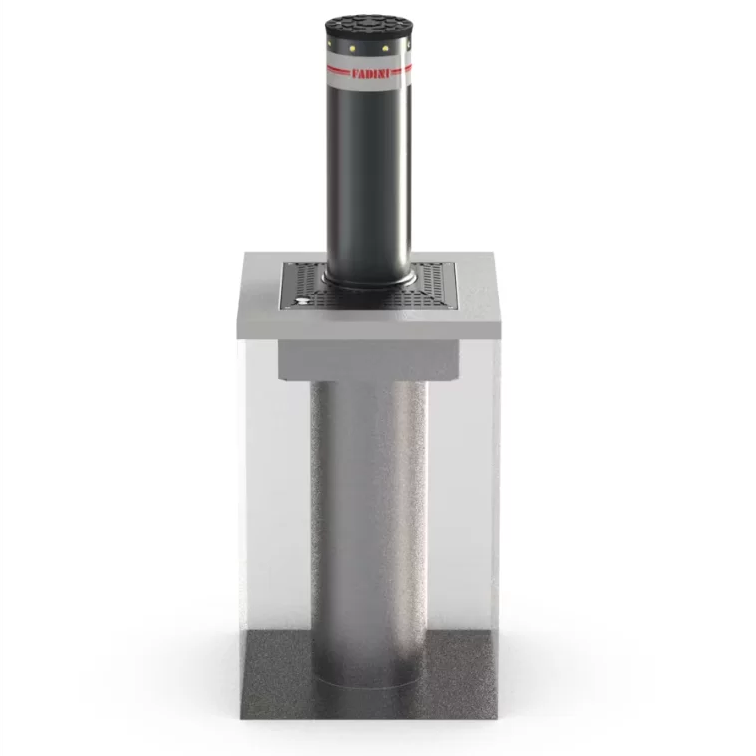
Vigilo
| Talos 94 | Talos 96 | Vigilo | |
| Primary Use | Commercial vehicle access control | High-security government and defense | Urban safety with aesthetic design |
| Impact Resistance | Strong structural core | Reinforced high-resistance core | Moderate, designed for public spaces |
| System Type | Hydraulic operation | Advanced hydraulic defense | Available in fixed and automatic |
| Ideal Settings | Airports, corporate parks | Military bases, consulates | Retail fronts, walkable city areas |
Shop Bollards
Maximum Protection with High Resistance Cylinders
For sites demanding the highest level of vehicular protection, High Resistance Cylinders (HRC) are the go-to choice. These bollards are designed for environments where impact resistance is critical, such as embassies, military compounds, or critical public infrastructure.
- HRC bollards are manufactured with reinforced internal cores capable of withstanding high-speed, high-mass vehicle impacts.
- They are deployed in areas where unauthorized vehicle access must be physically impossible.
- Their design deters threats through both visibility and performance.
- They are commonly found at federal government entrances, consulates, nuclear facilities, and intelligence centers.
Understanding M30 and M50 Crash Ratings
Crash ratings help quantify how well a bollard can stop an oncoming threat. The two most common standards in high-security products are M30 and M50.
- An M30-rated bollard can stop a 15,000-pound truck traveling at 30 miles per hour.
- An M50-rated bollard can stop the same truck at 50 miles per hour.
| M30 | M50 | |
| Test Vehicle | 15,000 lbs truck | 15,000 lbs truck |
| Impact Speed | 30 miles per hour | 50 miles per hour |
| Security Level | Medium to high security | Maximum anti-ram protection |
| Typical Use | Urban sites, checkpoints | Military zones, critical infrastructure |
These ratings are derived from U.S. Department of State guidelines and are critical when choosing a bollard for specific threats. An M30 system is typically sufficient for urban checkpoints or parking control at public facilities, while M50 systems are required at sites vulnerable to high-speed ramming attacks.
Frequently Asked Questions about Bollards
What Type Of Bollard Is Best For High-Traffic Areas?
Automatic bollards are best suited for areas with frequent vehicle movement and a need for controlled access. They can be operated remotely or through access systems, making them efficient and secure. These bollards are commonly used at commercial entrances and government facilities.
Do Semi-Automatic Bollards Require Electricity?
Most semi-automatic bollards use a manual trigger to activate an internal mechanism, meaning they do not require a constant power source. This makes them a good fit for locations with occasional access needs. Their simplicity also makes them easier to maintain over time.
Can Fixed Bollards Be Used In Aesthetic Urban Designs?
Yes, fixed bollards can be designed to complement city landscapes while still providing strong vehicle barriers. Many models are available in finishes and shapes that blend with surrounding architecture. They’re commonly used in parks, plazas, and retail districts.
How Do M30 And M50 Crash Ratings Differ?
M30 and M50 crash ratings indicate the speed at which a 15,000-pound vehicle can be stopped. M30 bollards are tested at 30 mph while M50 bollards stop the same vehicle at 50 mph. Choosing between them depends on the threat level of the site being protected.
Are AES Bollards Suitable For Government Security Needs?
Yes, AES offers high-security models such as the Talos 96 that are designed for military and government applications. These models feature advanced hydraulic systems and reinforced cores. They meet standards required for anti-terrorism vehicle mitigation.
What Is The Advantage Of Using High Resistance Cylinders?
High Resistance Cylinders offer superior impact resistance for sites with elevated threat levels. They are built with dense internal reinforcements to absorb vehicle strikes. This makes them ideal for embassies, data centers, and federal installations.
Contact Us
Choosing the right bollard solution is essential for protecting property, managing access, and ensuring safety in both public and private spaces. From automatic and semi-automatic systems to fixed and high-security options, there is a model designed for every environment. AES offers some of the most advanced bollards available today, with specialized features to meet urban, commercial, and government-level needs. Whether you're looking to improve daily traffic control or implement anti-terrorism security, understanding the differences in bollard types and crash ratings is the first step. Our team is here to help you evaluate your site requirements and recommend the best solution for your goals. Reach out today to learn more or request a custom quote for your bollard project.
Contact Us Shop Bollards
